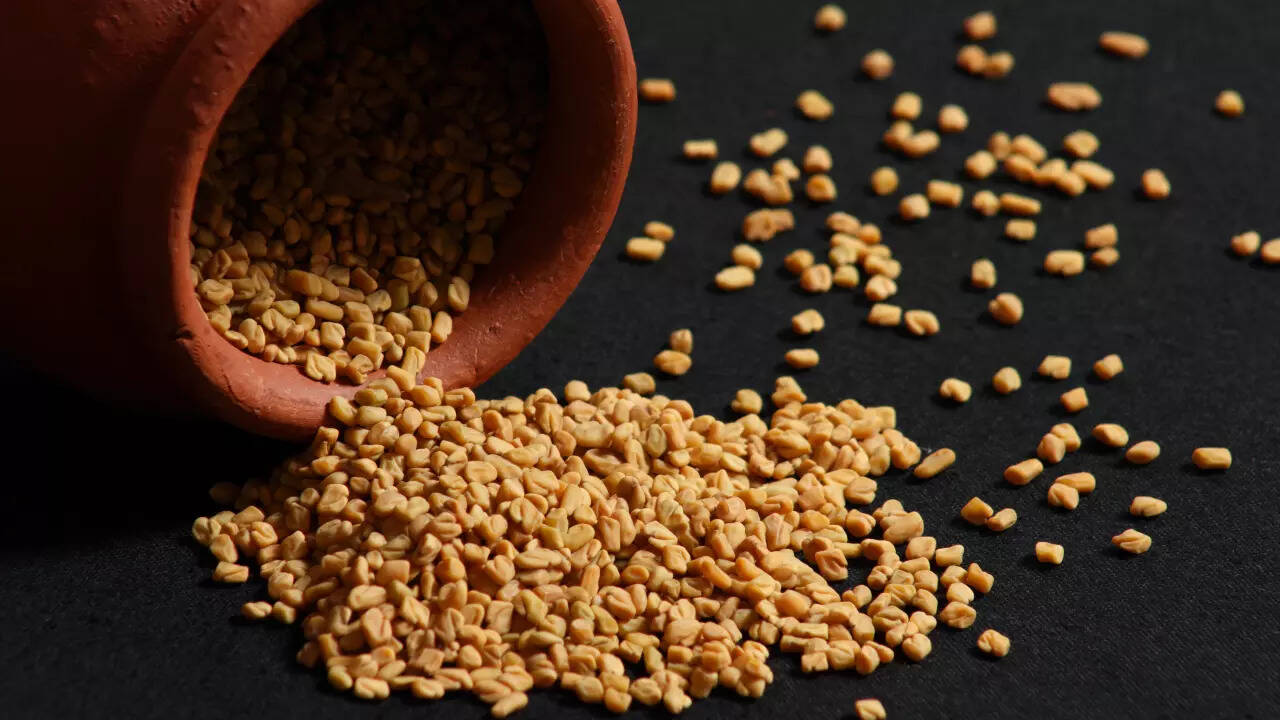Prokaryotes create adaptive immune memories by acquiring foreign DNA snippets, known as spacers, into the CRISPR array1. In type II CRISPR-Cas systems, the RNA-guided effector Cas9 also assists the acquisition machinery by selecting spacers from protospacer adjacent motif (PAM)-flanked DNA2,3. Here, we uncover the first biological role for Cas9 that is independent of its dual RNA partners. Following depletion of crRNA and/or tracrRNA, Neisseria apoCas9 stimulates spacer acquisition efficiency. Physiologically, Cas9 senses low levels of crRNA in cells with short CRISPR arrays – such as those undergoing array neogenesis or natural array contractions – and dynamically upregulates acquisition to quickly expand the small immune memory banks. As the CRISPR array expands, rising crRNA abundance in turn reduces apoCas9 availability, thereby dampening acquisition to mitigate autoimmunity risks associate with elevated acquisition. While apoCas9’s nuclease lobe alone suffices for stimulating acquisition, only full-length Cas9 responses to crRNA levels to boost acquisition in cells with low immunity depth. Finally, we show that this activity is evolutionarily conserved across multiple type II-C Cas9 orthologs. Altogether, we establish an auto-replenishing feedback mechanism in which apoCas9 safeguards CRISPR immunity depth by acting as both a crRNA sensor and a regulator of spacer acquisition.
Source link


